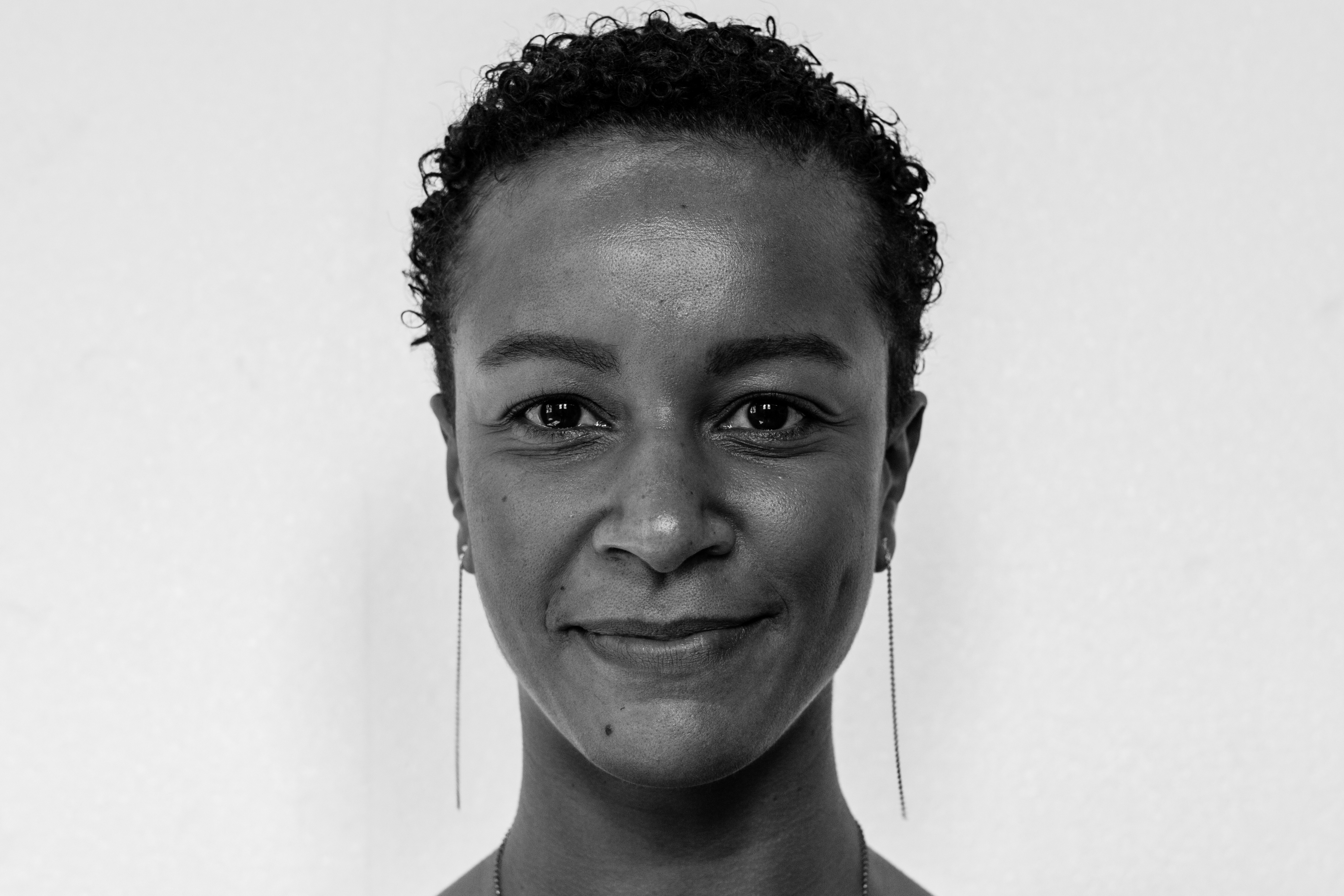I moved from advertising to PR for one reason: social media
Siona Singletary never thought she’d work in PR, but then something massive happened: Facebook became the biggest news site in the world.

For the past 16 months, I’ve been working in PR. There’s a sentence I honestly never thought I would type. I cut my teeth in advertising and never looked for anything outside of it. Back then, PR was something I simply did not understand, or admittedly care that much about. My main experience of PR came from working on integrated campaigns and “integration” was a buzzword used for show.
But then, something big happened. The king of social platforms, Facebook, made the shift from a photo-sharing platform to a news source. In fact, it became the largest referrer to news sites in the world (overtaking Google in 2015). Suddenly the platform became a source of information, a place to tell and share stories. This shift made conventional social advertorial content stick out like a sore thumb. People no longer wanted to a see a photo of a product, they wanted to read a story about it.
Fast-forward to today, and people are more ad savvy than ever. 96% of the people that discuss brands online do not follow those brands’ owned profiles. Dark social – the sharing of content in places marketers can’t track, like WhatsApp and email – accounts for 75% of all online content sharing, with no sign of change. So even if people are reading your product story, it’s now difficult to fully track who is sharing it.


Maybe the next move should be from PR to social – to correct your false assumptions of inability to measure off-line sales conversions. In my experience, PR doesn’t get the potential of Facebook.
And also, let’s not fight about what sort of idea it is – because an idea that generates the business outcome desired should be the only idea.
Agree with this – a good idea is a good idea, whether PR or Social, so long it drives the desired business outcome. No one can’t really distinguish whether the idea is driven by PR or Social anymore – the line is increasingly blur.
Brilliant read – couldn’t agree more!
“Dark social – the sharing of content in places marketers can’t track, like WhatsApp and email – accounts for 75% of all online content sharing, with no sign of change.”
If it can’t be tracked how do we know it is 75%?
Because the people who sell the data for Dark Social says its 75%.
Glad you see advertising is not valued by audiences in the same way it is valued by those in the advertising industry who like expensive lunches they can bill to the client! But PR driven editorial articles are NOT objective! If they were, they wouldn’t be PR. They would be journalism!
Interesting! Got an example to bring it to life? Who’s nailed it this year at the expense of a ‘traditional ad campaign’?
Editorial articles are objective and hold authority…….how can an article written about a product, paid for by the product, be objective? Someone has been drinking the kool-aid in her new job.
What an indictment – you openly admit as an advertiser that you had no interest or understanding of PR. Yet when it comes down to it – when advertisers and journos realise that their world has been completely disrupted – and you didn’t see it coming – and your jobs shrink into obscurity, you turn to PR – the profession you ignored or lambasted. PR had worked all this out over a decade ago. When is the sector going to finally understand that PR professionals approach the market in a far more holistic way and should run the marketing mix?
Are you trying to own Social as something that only PR understands? You know nothing.